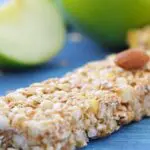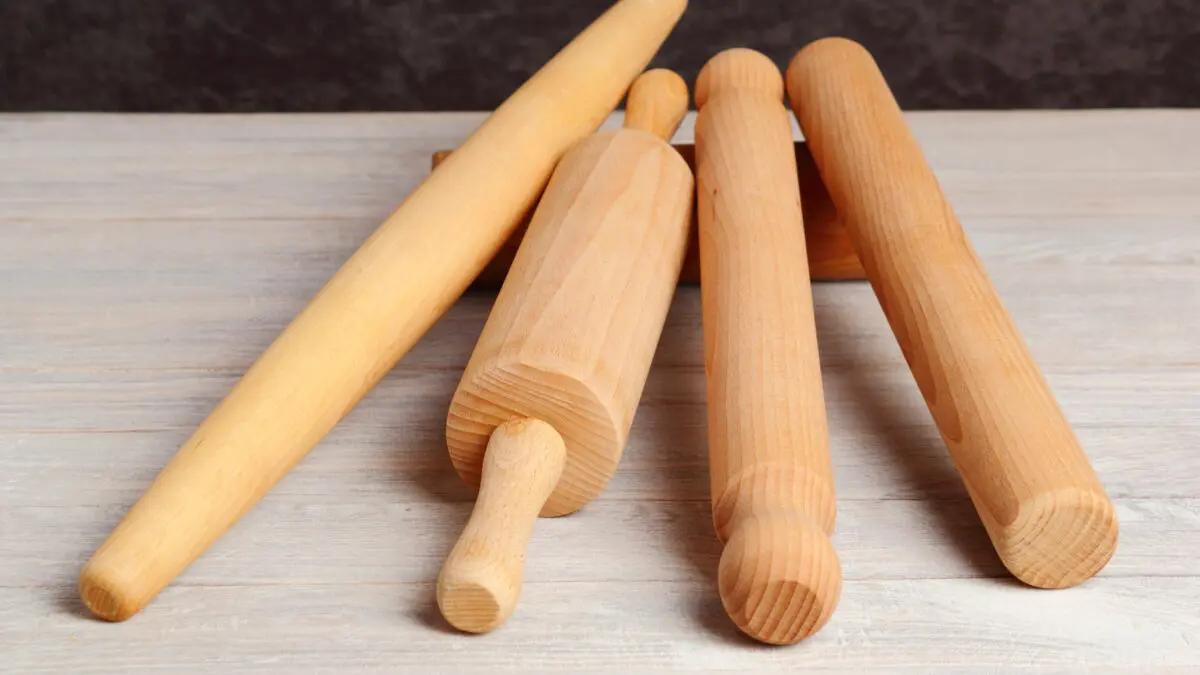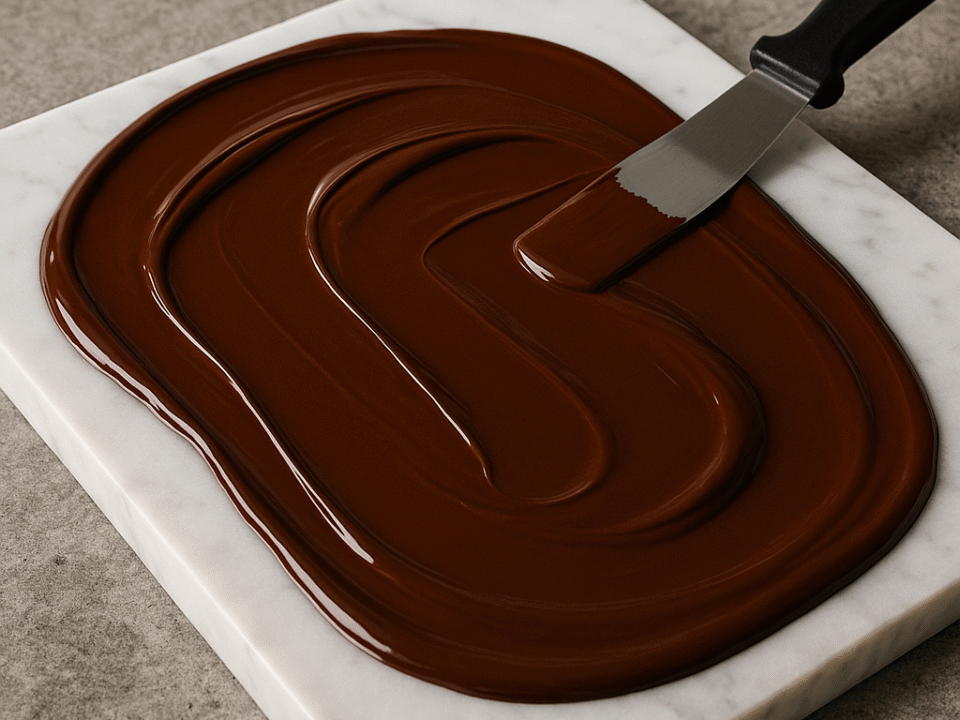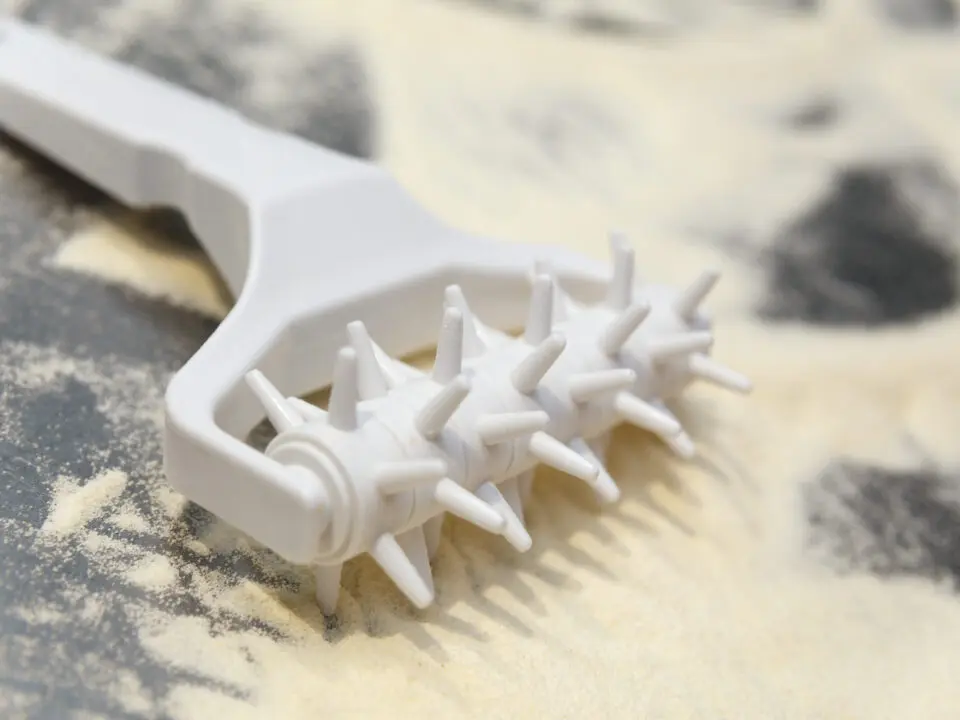
Tiramisu (Italy)
July 27, 2025
Muesli Slice
July 27, 2025Offers Better Control and Finesse Than Handled Pins
When I was learning to roll pastry properly, one of the first things my head chef did was take away my handled rolling pin and hand me a sleek, tapered wooden stick. “This is what you use now,” he said. It was a French rolling pin—simple, tapered at both ends, no handles. And I never looked back.
There’s something elegant about the way it moves. You don’t push with your palms, as you would with a handled pin. Instead, you roll with your whole hands—your fingers guide the pressure, letting you feel the dough more directly. It gives you better control over thickness, shape, and pressure, especially when working with delicate pastry.
Why Bakers Prefer the Tapered Design
The lack of handles might seem like a downside at first, but it becomes an advantage. The tapered shape gives you better rotation and precision. If you’ve ever tried to roll out a circle of dough and ended up with something that looked more like a hexagon, the French pin will help fix that. You can angle it as you roll, allowing you to steer the shape more intuitively.
It’s convenient when working with pie crusts, tart shells, pâte sucrée, or any other ingredient that requires gentle handling. You can ease the dough out from the centre without pressing too hard or overworking it.
Materials Matter
Most French pins are made of solid wood, with maple, beech, or cherry being common choices. I prefer untreated wood, as it holds just enough flour to stop things from sticking, but not so much that it dries out the dough. And it feels warm in the hand, like an extension of your arm rather than a separate tool.
Tips for Using a French Rolling Pin
- Flour lightly but evenly: Dust the pin and bench surface, but don’t overdo it. Too much flour can toughen the dough.
- Rotate the dough often: This helps keep it from sticking and ensures a more even thickness.
- Use your fingertips: Roll from the centre out, applying gentle pressure with your fingers to keep control.
- Don’t be afraid to lift and turn: A good pastry doesn’t need to be bullied into shape. Work with it, not against it.
Final Thoughts from the Flux Kitchen
There’s nothing wrong with handled rolling pins—they’re great for specific tasks and some people prefer them. However, if you’re starting to take your pastry game more seriously, a tapered French rolling pin is worth considering. It invites you to be more precise, more tactile, and a little more connected to the process. And that, in my experience, always leads to better baking.
Next time you’re rolling out dough, see what happens when you let your fingertips take the lead. You might find that this unassuming stick of wood becomes one of your most trusted tools in the kitchen.



